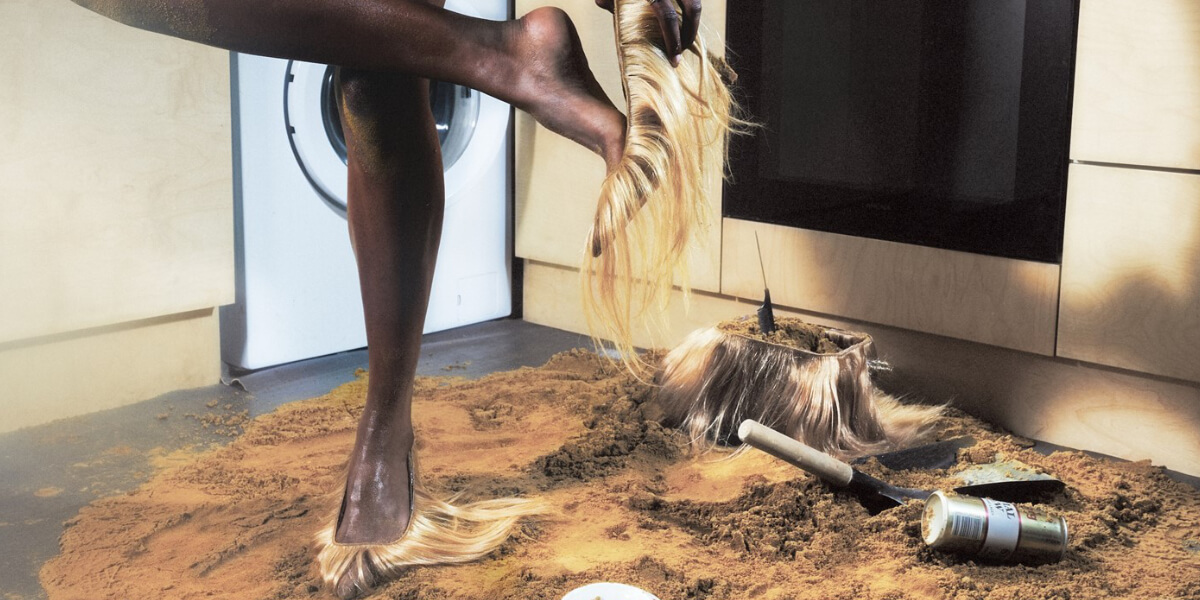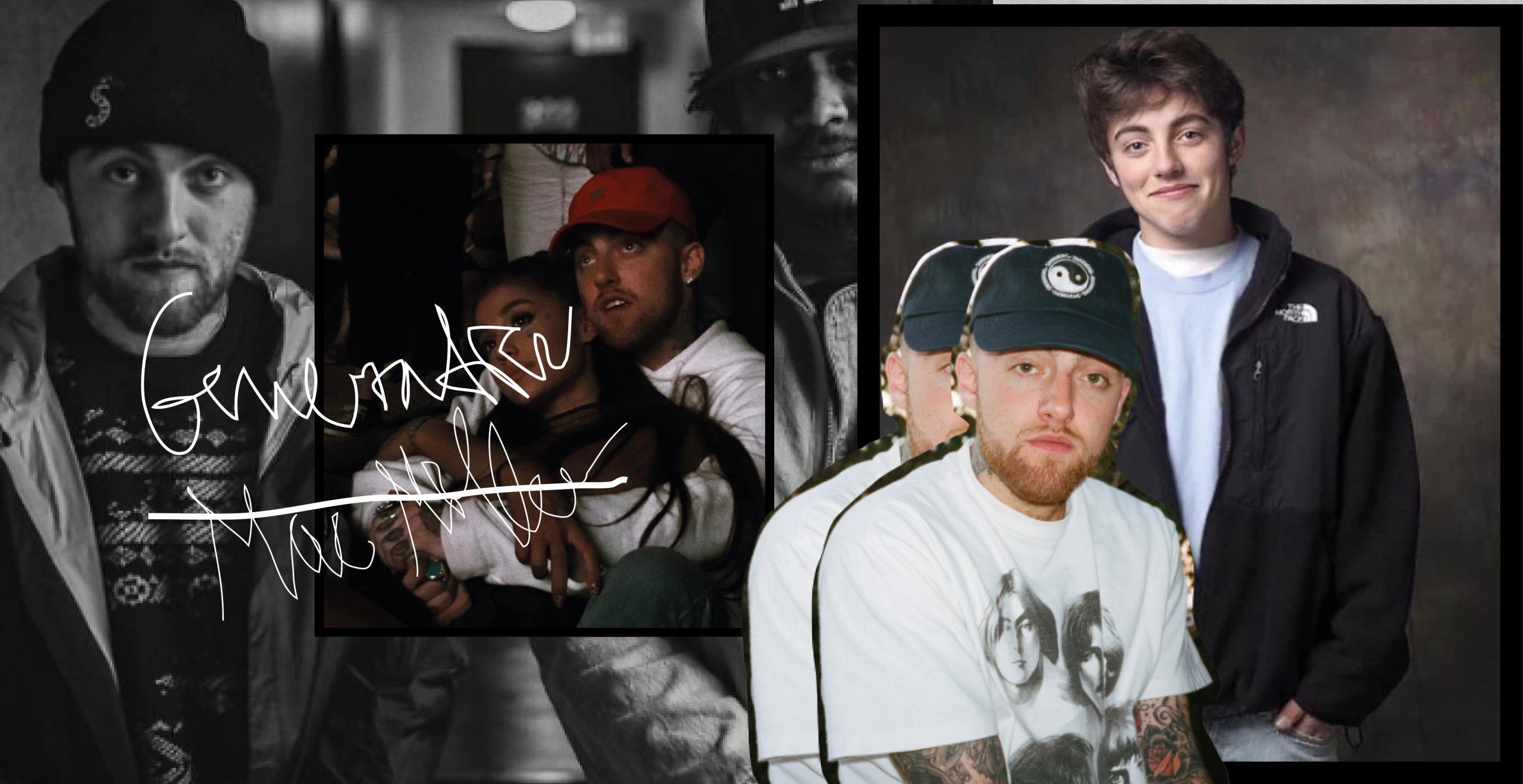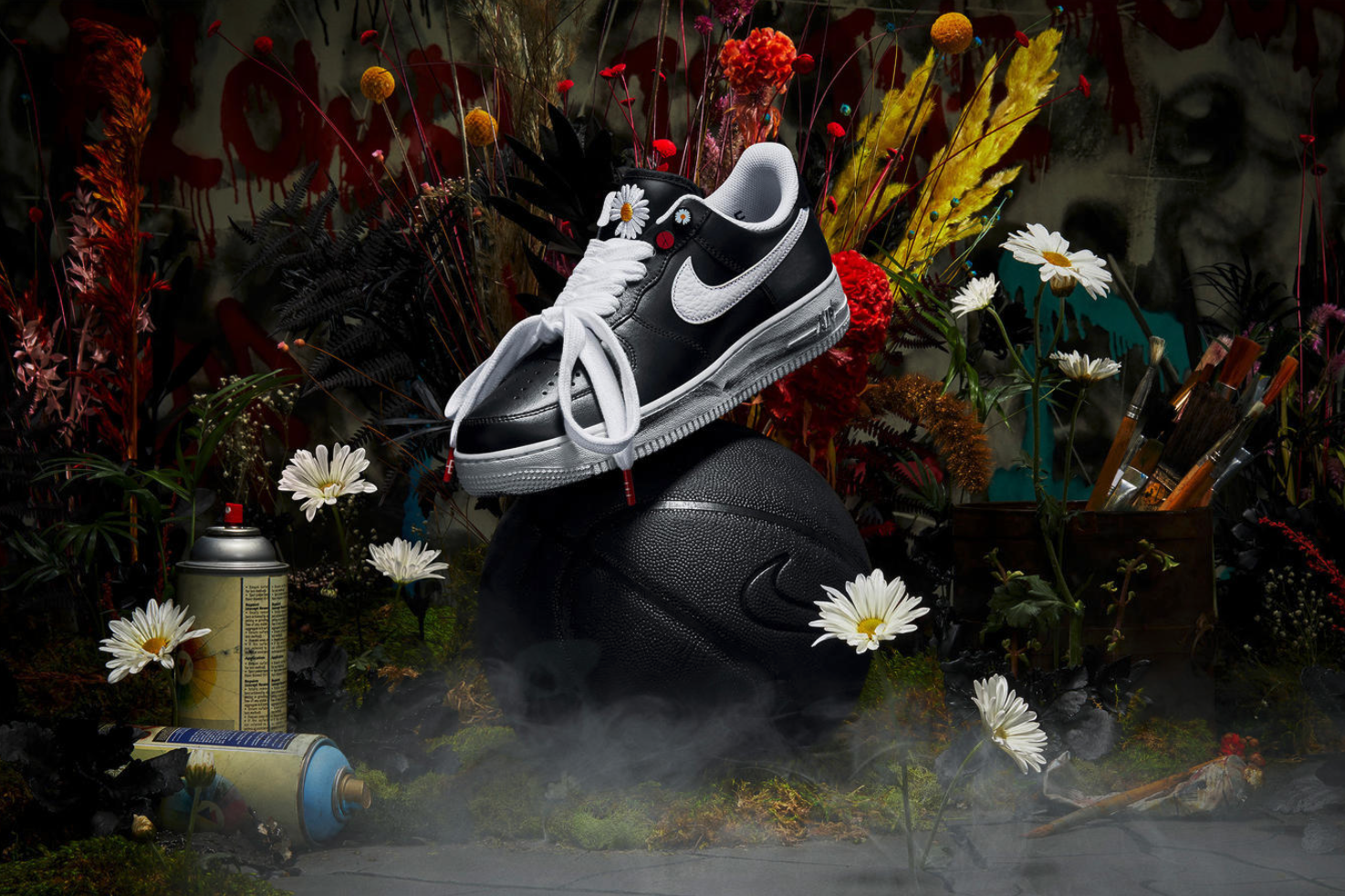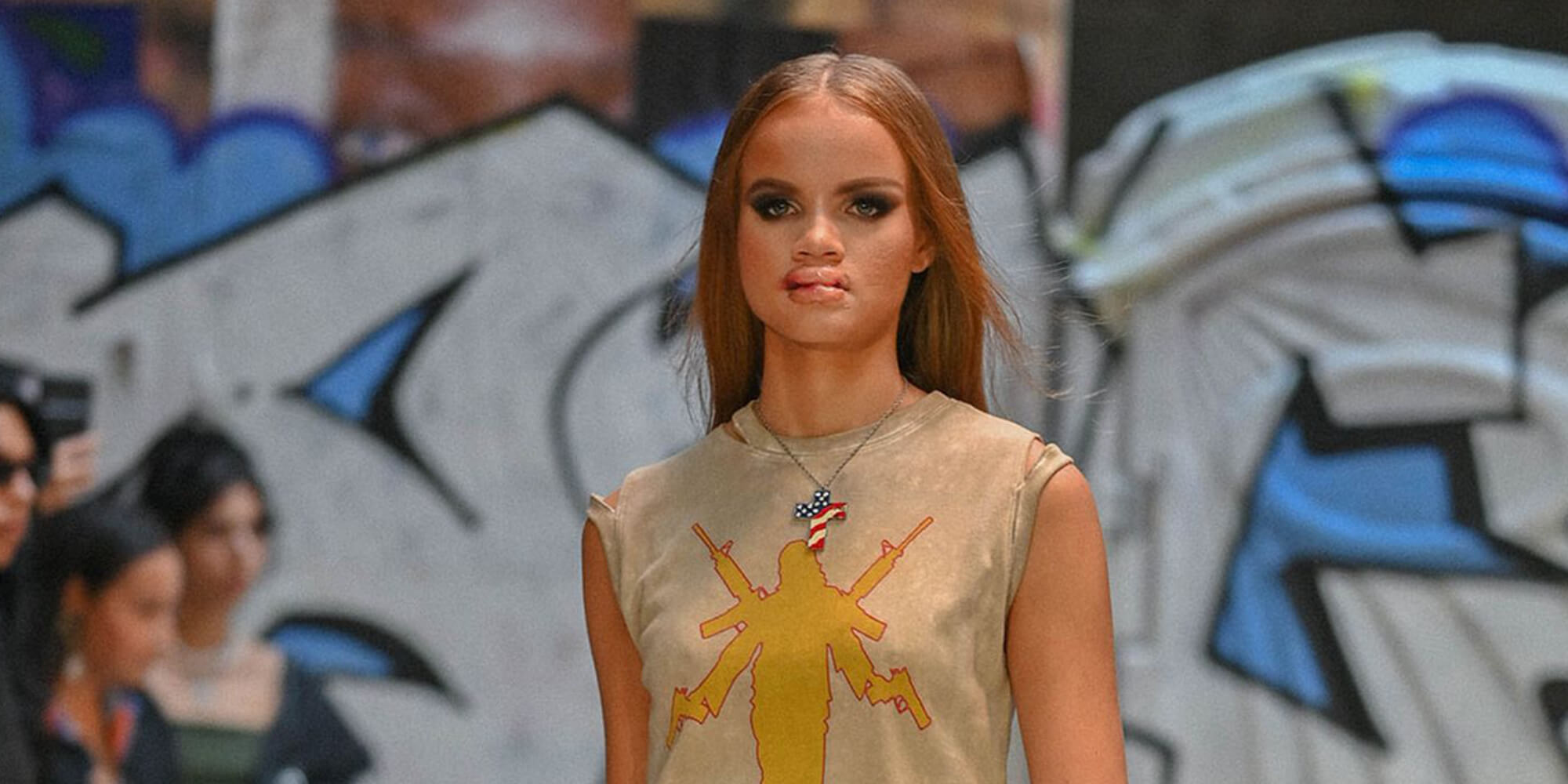While mainstream fashion cycles through the more sleek, sophisticated, classic trends like ‘quiet luxury’ and ‘clean girl,’ anti-fashion designers, in recent months, seem to be finding more stimulation in grotesque, uncanny or controversial side of life.
Like Michaela Stark’s body morphing designs, which may, at first, seem unusual or ineffable, but have succeeded in flipping modern beauty standards on their head, encouraging the celebration of all bodies regardless of the shape they take.
Aside from Michaela Stark, one anti-fashion look that has been teetering on the fringe of trending for months now, is the use of hair as a design material. And that, too, may have deeper roots than you would initially imagine.
If the idea of wearing someone else’s hair on your body feels strange, or even gross, you’re not alone in that view. After all, finding a stray hair in an unexpected place is not usually a welcomed experience.
Regardless, it is a trend that has been quietly appearing across many areas of the fashion industry through recent months, from established brands like Victoria Beckham and Comme Des Garcons to the hallowed halls of Central Saint Martins, where, last year, hair became something of a running theme for the graduate designers – Lily Teiger’s model brushed through in sleeves adorned with masses of white hair, Cathy Meyong untangled myths about her heritage with an extravagant puffer jacket lined with a mane of spiked hair around the collar and Alba Mas Amoros locked in an array of hairy designs including a tailored wool coat covered in multi-coloured strands.
It seems like synthetic hair as a tangible textile is heading into its heyday.
Burgeoning designers TaibaTaiba and Kimhekim have both mastered the art of weaving synthetic hair into jaw-dropping designs. At Kimhekim, the designer responsible for Julia Fox’s new cover of Gay Times, hair is tightly braided into shapely corsets and dresses, while TaibaTaiba has been lauded for their tremendously technical accessory designs, braiding intricate designs into bags, shoes and hats.
Though undeniably unusual, don’t mistake this hair-raising trend for just another runway gimmick. In fact, this growing use of hair as a fabric and ornamentation brings with it a whole slew of questions regarding the value we place on materials, and even ourselves.
Speaking to Zsofia Kollar, the Dutch designer using genuine human hair to construct classic garments like structured, woven blazers, loose knit jumpers and even insulated puffer jackets, it becomes clear that the root of this toe-curling trend runs deep.
Kollar is the founder of an organisation called Human Material Loop, which aims to create a “textile revolution” by highlighting how the use of human hair in product design could provide a necessary solution to some of our most pressing environmental concerns – particularly fashions problem with waste.
It is no secret that the fashion industry is the world’s second largest polluter, and much of that comes from the production and manufacturing processes of materials. “If you look at cotton, you see the water usage, the pesticides, if you look at the wool industry, it’s the methane emissions, the animal cruelty, if you look at the polyester manufacturers, it’s the use of fossil fuels, the microplastics,” Kollar explains. “But we have this material that we are just wasting.” By and large, hair is an untapped material market.
In 2021, the Guardian reported that around 99% of hair cuttings from salons were sent to landfill, making salons in the UK among the biggest contributors to waste on the high street. The durable and regenerative nature of hair as a material means that, when it’s thrown to the wayside, it sticks around for a long time. What’s interesting though, is that these attributes are, in part, what make it such an ideal textile for fashion designers to work with.
Alix Bizet, a material researcher exploring how the use of human hair can test preconceived ideas about our relationships, both with ourselves and each other, is on the same wavelength as Kollar with regard to the re-examination of how hair can be used – both designers believe in the importance of transparency and are collecting waste hair from consenting salons that keep their customers informed about where off-cuts will end up.
Unlike Kollar, Bizet is more concerned about the possible effects of approaching the medium as a solution to the immense impact of fashion’s waste problem.
Her use of tresses is rooted in an examination of culture, exploring the human relationship with hair across a variety of different cultures. “I am a person of colour; in my heritage, and many others, hair has another meaning,” She explains, “I try to look at it as more than a material; almost as an anthropological material. with stories, almost like a testimony to the complexity of identity.”
Many cultures have differing practices regarding hair – a history of systematic restriction and regulation of Black hair due to racism means that many Black people have an immensely close connection to hair as a connection to their heritage.
Many Jewish and Native American communities believe similarly in the protection of hair because they see it as a sacred material, connecting humans with nature. The material researcher believes in the preservation and sanctity of hair, even when chopped off, and, as a result, works only with untreated hair, in its most raw and natural form.
Hair trade is weaved through history, used for the creation of wigs, brushes and even to help mop up oil spills – but sourcing is another story. Historically, it’s been prisoners, workhouse inmates and working-class communities that have been exploited for their hair, often with little dignity or regard for those donating. It’s Bizet’s belief that the potential mass usage of repurposed human hair would likely trigger a boom in this exploitation. She states, “I would love to dream and say that this is a solution for the future… it can be, I think in a small batch. With full transparency from the hair, where it is from, has there been consent about the hair being donated.”
She is not alone in this view. Recent CSM graduate Alba Mas Amoros, whose hairy coat and clutch style bag stunned on the runway earlier this year, echoed Bizet’s stance of the inherent value of real hair. “I never went out actively sourcing real hair, because it is a very precious material to me,” Amoros relays, “If you think about how many weeks it takes to grow only an inch of hair and compare that to the close to 100 metres I’ve needed for my pieces, it sounds even scarier.”
Synthetic or real, sustainable or valuable, it is clear that this uncanny trend is a cut above the rest, and it is surely about to get real hairy in here.
*Header: Ph. Aiden Zamiri / Mua. Rebecca Davenport / Set. Saul Moakler ©Taiba Taiba




























